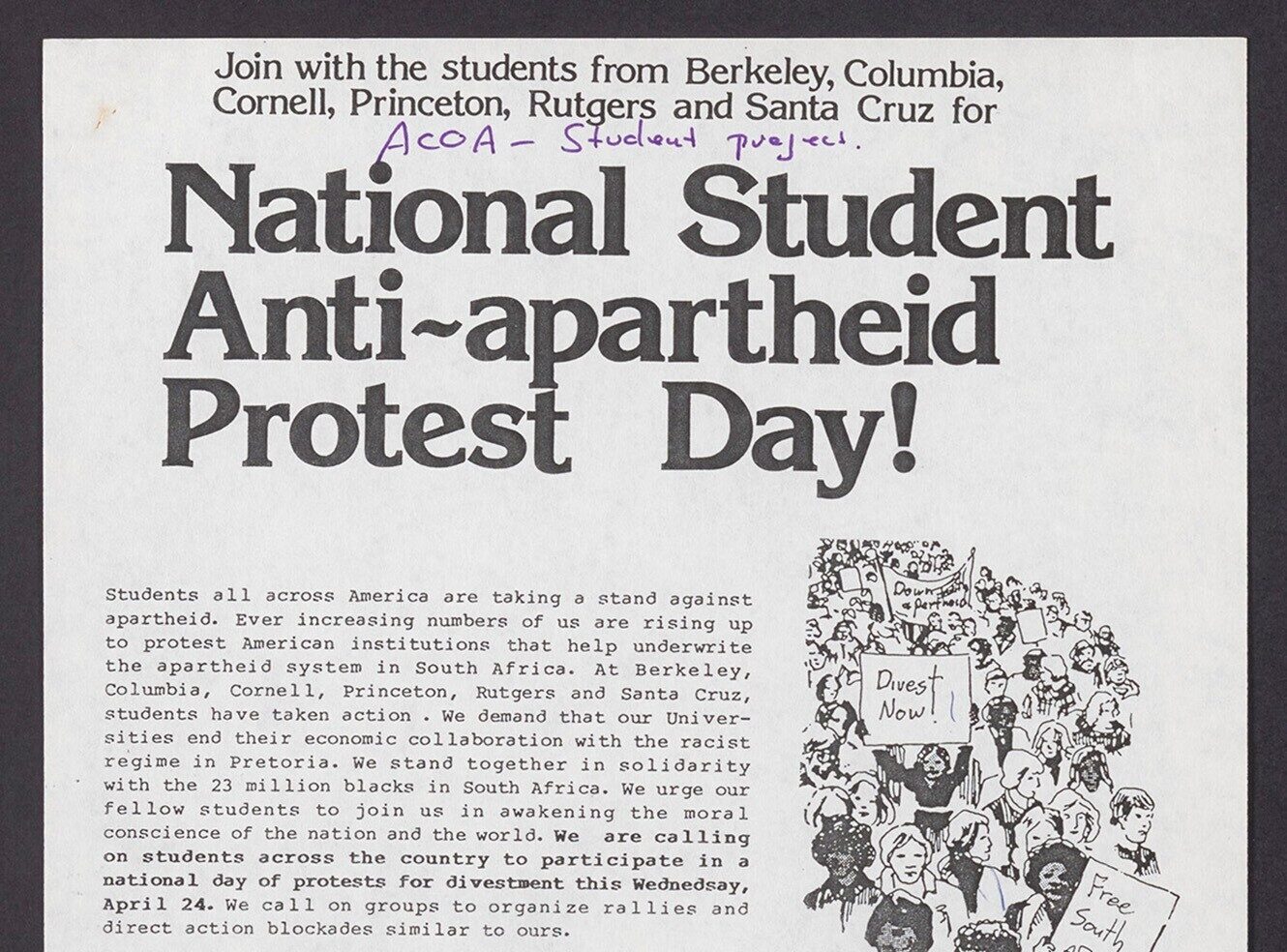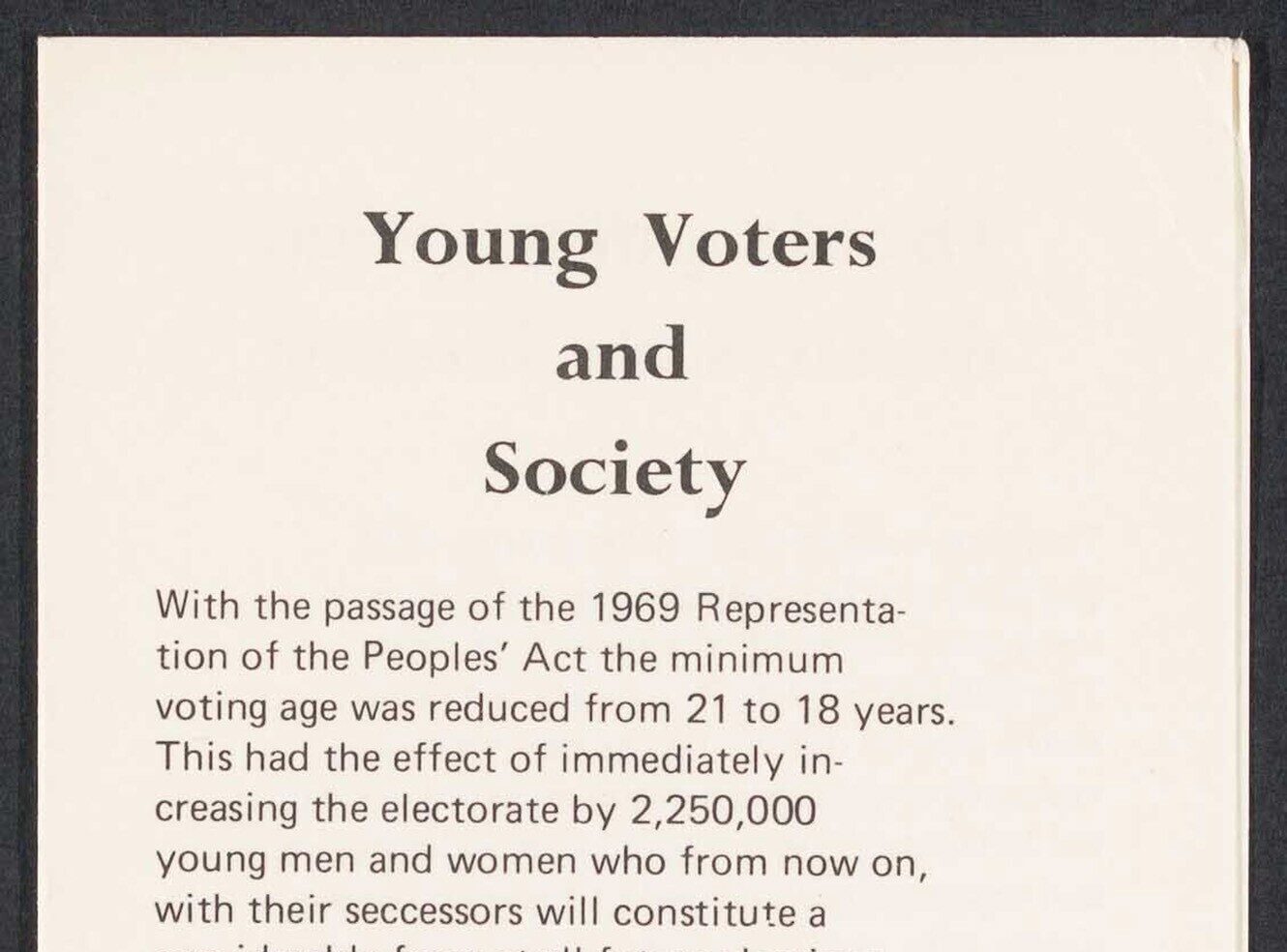Food: Accept No Substitute
Every January without fail, I am inevitably left feeling the pinch – not just of an empty purse but of my favourite pair of jeans that take a little extra ‘persuading’, shall we say, to fasten (usually holding onto the waistband and jumping a few centimetres into the air whilst breathing in will do it). Therefore, every January without fail, I resolve to do something about it.
And no wonder! After the over-indulgence of the Christmas season, January is the optimum time for magazines, supermarkets and television documentaries to launch their assault on our collective conscience and guilt us into opting for the ‘healthy alternative’ to our favourite snacks. But are they really that much better for us? Modern food packaging for so-called ‘lighter options’ preys on the busy shopper who simply hasn’t got time to read the nutritional information on the back of every item in the basket; whilst it loudly testifies to the fact that it has “No Added Sugar” the fact that it’s sweetener substitute 'Contains a source of phenylalanine' is always cleverly disguised in the small print.
It is often remarked that generations ago people happily ate real butter and cooked with lard, and yet here they are, fit as fiddles testifying to the fact that natural food is best. So where did the need to tamper with nature come from?
A search for ‘healthy’ or ‘diet food’ in our Popular Culture in Britain and America resource will return this 1950s pamphlet on “Food and Good Health” with the following advertisement at the back:

Cookery, Section 4 © Bowling Green State University
Further reproduction prohibited without permission.
These days, advertisements do their best to bamboozle us with scientific terminology (Bifidus Actiregularis springs to mind - thanks Activia!) but this one really takes the biscuit. We don’t have to read very far in for the alarm bells to start ringing: “Cheese Food?” So, it’s not actual cheese? Over the page we hear why this is a good thing.

Cookery, Section 4 © Bowling Green State University.
Further reproduction prohibited without permission.
Velveeta contains added “nutritive value” – whatever that means! – making it an all-round “healthful, invigorating food”… a “super-cheese” if you will! Rather than cover it up, 1950s advertisements like this one unabashedly celebrated the artificiality of these “product[s] of science”.
Velveeta is still in production today in the US and can be found in many a cheeseburger, mac & cheese, enchilada or “cheesy tortilla soup” recipe… but at least no one’s pretending its good for you. One thing’s for sure, Velveeta and products like it, will not feature in my January-health-kick-plan… chocolate is good for us though, right?
Recent posts

The blog highlights American Committee on Africa, module II's rich documentation of anti-apartheid activism, focusing on the National Peace Accord, global solidarity, and student-led divestment campaigns. It explores the pivotal role of universities, protests, and public education in pressuring institutions to divest from apartheid, shaping global attitudes toward social justice and reform.

This blog examines how primary sources can be used to trace the impact of young voices on society, particularly during pivotal voting reforms in the UK and the US. Explore materials that reveal insights into youth activism, intergenerational gaps, and societal perceptions, highlighting their interdisciplinary value for studying youth culture, activism, and girlhood across history.
